On March 6, 1976, Ed and Lorraine Warren went to the notorious Amityville house with Marvin Scott, a reporter for Channel 5 News, to conduct a séance in the house. More than a dozen people showed up, including several psychics that had worked with the Warrens previously. Also in attendance were Dr. Karlis Osis and Dr. Alex Tanous, from the American Society for Psychical Research in Manhattan, and Gerald Solfin, a senior research associate from the Psychical Research Foundation in Durham, North Carolina.
Lorraine Warren, who claimed to be clairvoyant, insisted she encountered Butch’s spirit during the séance. “The encounter was so awful and he was so sinister, that she felt there was absolutely nothing she could do to help or eject his spirit from the house,” claimed the Warrens on their Website.
Nothing remotely supernatural transpired during the two séances held that night. But, the so called psychics the Warrens had brought put on a wonderful performance for the cameras. Accompanying their moans and groans, these individuals described an evil black shadow that “comes at you and makes your heart speed up.”
Both the American Psychical Foundation and Psychical Research Foundation said there was nothing paranormal in the house. They further added that they would have used scientific methods to measure any phenomena had any been present and not the psychic methods of the Warrens.
The Warrens’ Website claimed that the DeFeos “were in a state of phantomania, which in effect paralyzed them, making them unable to cry out for help.”
However, evidence in the DeFeo murders clearly showed that Butch DeFeo was not possessed at the time of the murders, and that some of the DeFeos actually had awoken–Marc DeFeo had actually been ordered to lay face down before being murdered.
On February 1, 1977, William Weber sent Butch a letter about their stalled book project. Apparently, Paul Hoffman was supposed to have a completed manuscript finished by December 31, 1976. Since Anson’s book was already in development, Hoffman was having a hard time convincing publishers that there was a market for a second book. For that reason, Weber wrote Butch to inform him that Hans Holzer, a parapsychologist, was also interested in writing his story.
Weber wrote to Butch DeFeo, “Professor Hans Holzer is also interested in writing the story and that since he (Hoffman) has not written the manuscript, I am going ahead to negotiate with Professor Holzer.”
On January 13, 1977, Hans Holzer entered 112 Ocean Avenue with William Weber, Bernard Burton, Laura Didio, and medium Ethel Johnson Meyers. Meyers claimed that Indians resided on the property to protect an old burial ground, insisting that whoever lived in the DeFeo house was going to be the victim of the Indians’ fierce anger. Holzer further theorized in his book–Murder in Amityville–that the spirit of a dead Indian chief possessed Ronald DeFeo Jr. and caused him to kill his family. This claim was beyond absurd, but it didn’t stop Butch or his lawyer from feeding the public frenzy.
Despite evidence pointing to the contrary, Holzer claimed the DeFeo house stood on an Indian burial ground. He also stated that in the 1700s some of the residents of the land practiced witchcraft. Once again, the facts proved otherwise. In fact, Holzer even got the dates mixed up. On Page 32, Holzer mistakenly stated the date the police discovered the DeFeo bodies was the morning of November 14, 1974, and not the evening of the 13th.
In all fairness, just as much blame should be placed on Butch DeFeo for further sensationalizing the murders. Among other things, Butch lied in his interview with Hans Holzer when he said he heard screams throughout the house and had often felt an alien personality in him. But the one thing he never denied to Holzer was having a wife and children.
Why would Butch willingly tell lies about his life and the events that transpired on November 13, 1974? Geraldine DeFeo answered, “To gain notoriety, money, and assistance with his appeal.”
In Holzer’s TV documentary based on his book, William Weber hinted at his strategy for Butch’s appeal, saying, “Personally, if you are asking me about possession, I have to reserve that. But in the future is evidence going to be submitted to a court to help Ronnie DeFeo? Is possession part of that? The answer still remains to be seen, but I think we are swaying toward the affirmative in that regard.”
Over Butch’s objections, Holzer repeatedly insisted in his book that he had sexual intercourse with his sister Dawn. On page 38 of Murder in Amityville, Holzer wrote, “He [Butch] freely admitted that there had been a relationship between himself and his sister Dawn, despite their being brother and sister.”
But because of the success of the hoax and Jay Anson’s book, the public was craving anything “Amityville.” In another letter to Butch, Weber discussed the proposed documentary that Hans Holzer was creating based on his book. An excerpt from Weber’s letter dated June 25, 1979, read:
An independent television producer is paying $10,000 to Holzer for a television article about you and your trial. Mr. Holzer has agreed to pay you $2,000 and Bernard Burton and myself $2,000 each for participating in this venture with him.
However, a dilemma Weber faced regarding offering Butch money can be found in an excerpt from his November 15, 1979 letter to Butch. It read:
I had hoped by this time to receive money from Hans Holzer; however, he called today to say I would be receiving $15,000 on Wednesday, November 21. If I do, I’ll be up to see you on Friday, November 23. We have a serious problem to face involving the N.Y.S. Crime Victims Act, which says no one can profit from his criminal act. It is serious, but I know we can work out this problem in the best way for you.
Despite the problems, by April 10, 1980, there was already talk of Murder in Amityville becoming a feature film. In a letter to Jack Glazer, Butch’s new attorney, Weber reinforced his business partnership with Butch and speculated on the movie’s potential by writing:
…since I have been negotiating on his [Butch’s] behalf for more than four years and since there is one literary project with a possible movie connected with it already in effect, we will both have to live up to that agreement. I am referring to the book entitled Murder in Amityville. I anticipate receiving as much as $200,000, and Mr. DeFeo will receive his share pursuant to our original agreement.
In 1982, Amityville 2: The Possession was released in theaters around the United States. The movie was loosely based on Holzer’s book, Murder in Amityville. Instead of the DeFeos, the family portrayed in the film was called the Montellis, even though the advertisement clearly gave the impression that the story was centered on the DeFeos.
It should be pointed out that Holzer’s contract with American International Productions, the studio producing the movie, had him agree to things that seemed to be highly suspect. As the owner of the book Murder in Amityville, Holzer stood to make a substantial amount of money from the movie adaptation. Part B of the sixth clause of Holzer’s agreement made it clear that Holzer could never make any public statements inconsistent with the theory of demonic possession of Ronald DeFeo.
After Murder in Amityville, Holzer went on to write two fictional Amityville books titled, The Secret of Amityville and The Curse of Amityville, which was turned into a movie in 1990. The budget for The Amityville Curse was so low that the house used did not even resemble a Dutch Colonial home, let alone the DeFeo house.
Holzer, nonetheless, disregarded William Weber’s public claims that it was all a hoax, unsure why Butch’s former attorney would say such a thing. For the remainder of his life, Holzer remained unchanged about his theory that Butch was the seventh victim, and that he alone killed his entire family. He still reasoned Butch was possessed by the spirit of an Indian chief, despite the strong evidence against any supernatural involvement in the murders.
In early 1980, while Hans Holzer’s book was still on the bestseller list, William Weber was approached by another filmmaker who wanted the real DeFeo story to come out. Also involved with the new project were Herman Race and Dr. Daniel Schwarz, the psychiatrist who testified on behalf of Butch being insane at his trial. After being offered $50,000 and one percent of the “first dollar” share of all revenues, Butch signed the rights of his story over to Herman Race and Dr. Schwartz with the stipulation that:
…the motion picture or teleplay will be based upon my true story and the true facts, which occurred in November 1974 and will not deal in any manner with the theory of possession or demonism as contained in the book Murder in Amityville.
Although the project never became a reality, the above clause in the signed agreement was further proof that the possession and demonism theories were nothing but a charade.

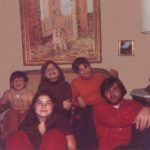


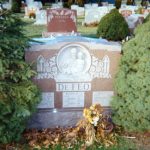
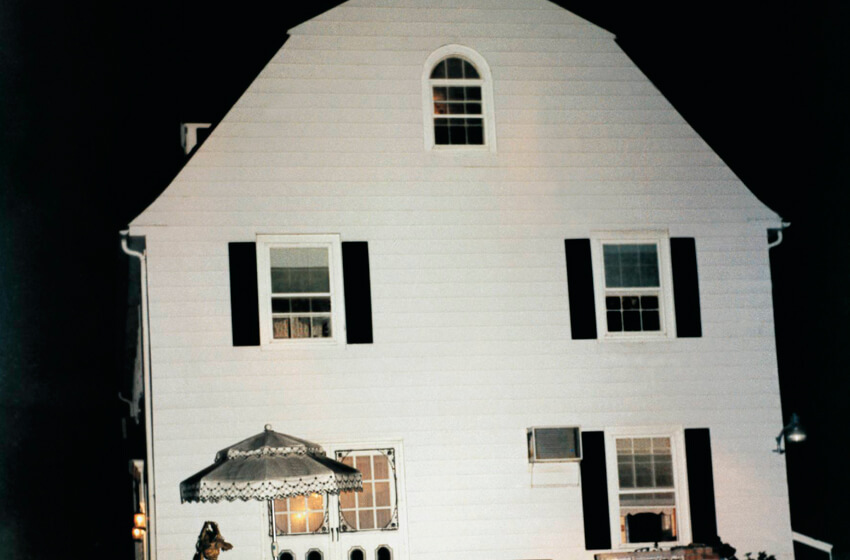
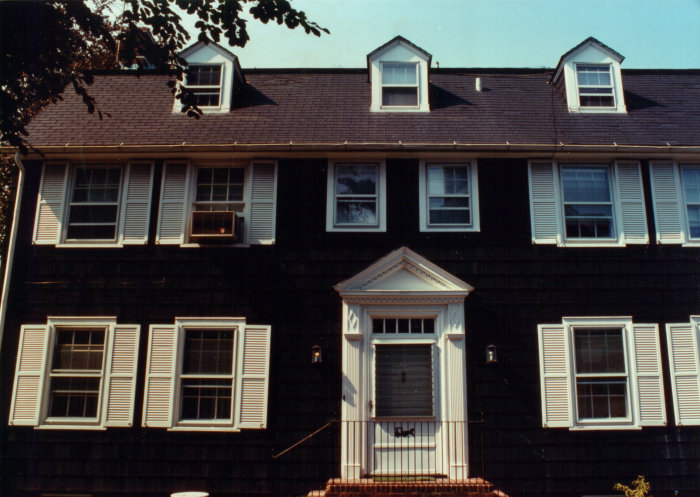

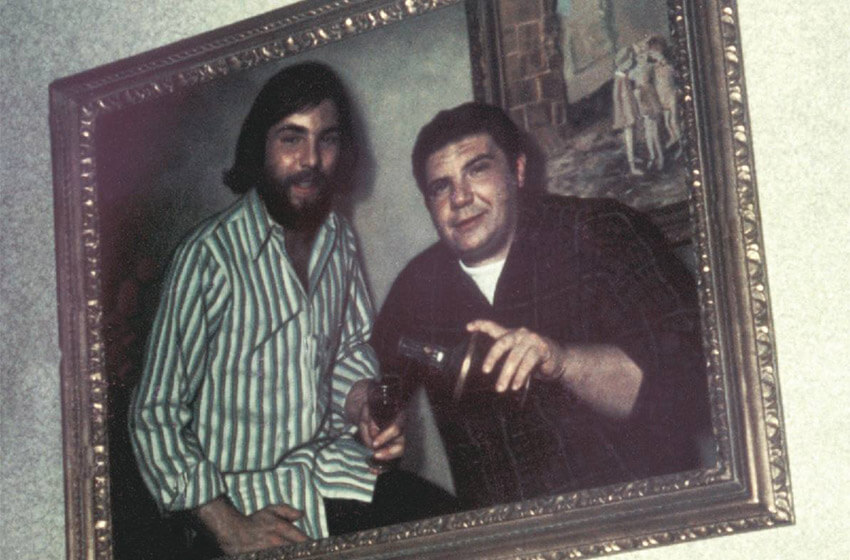
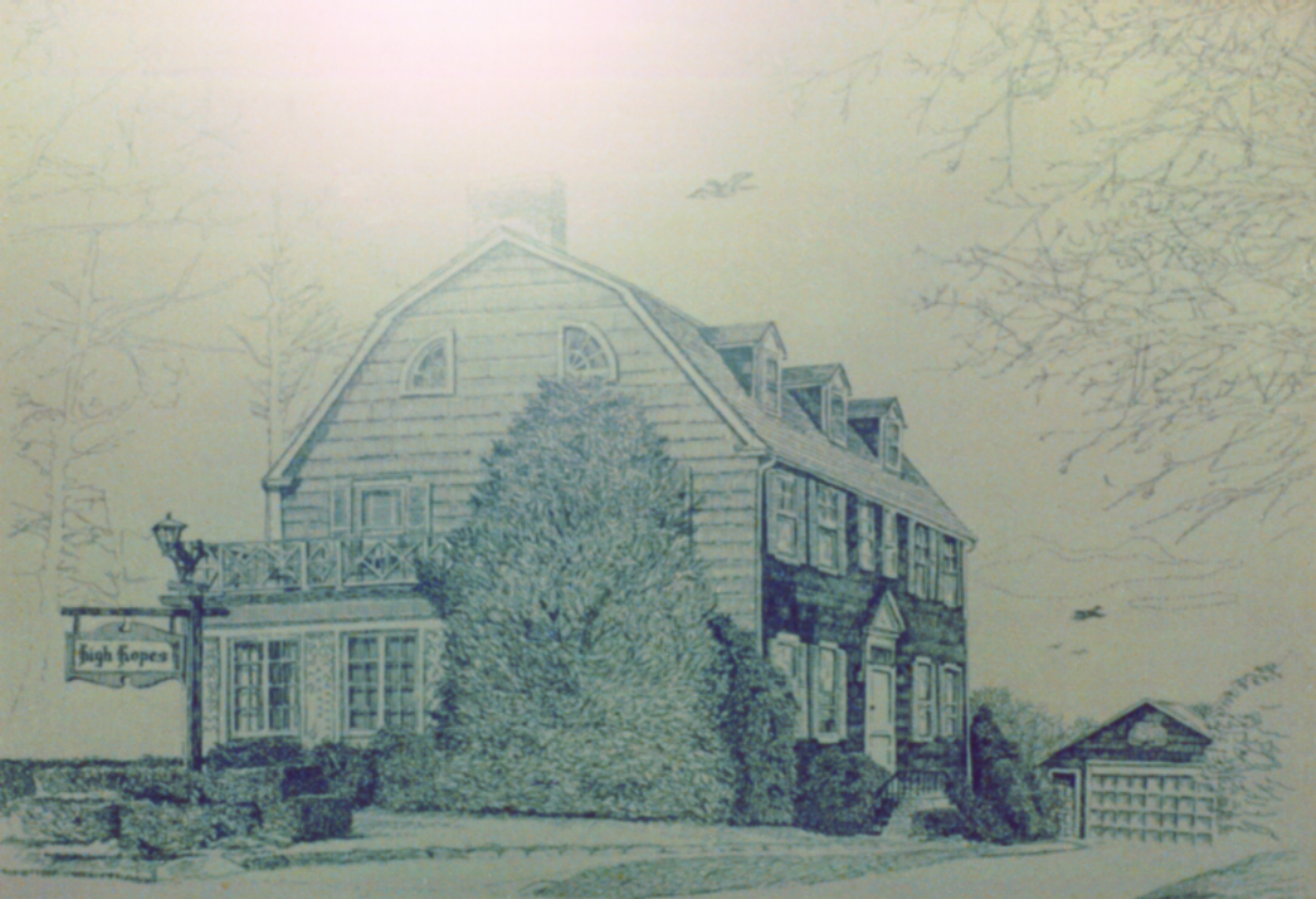
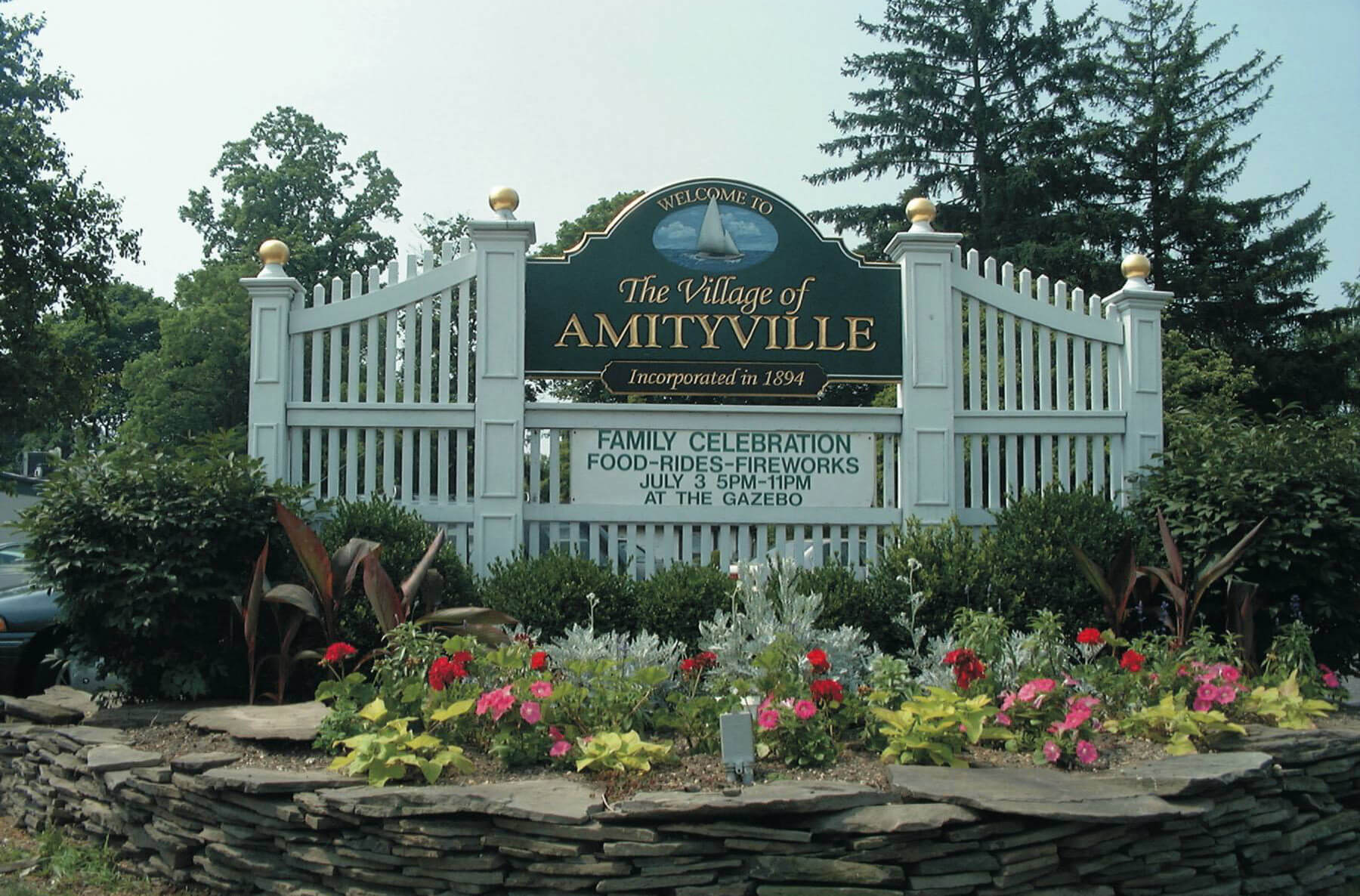
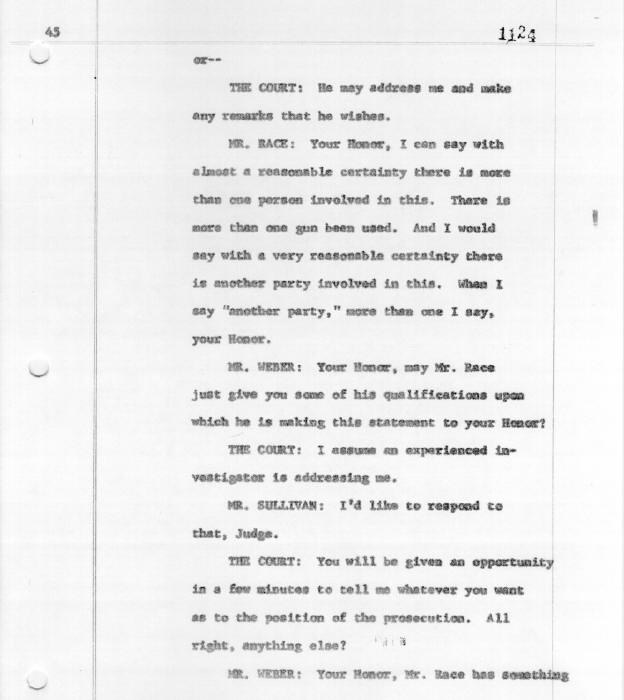

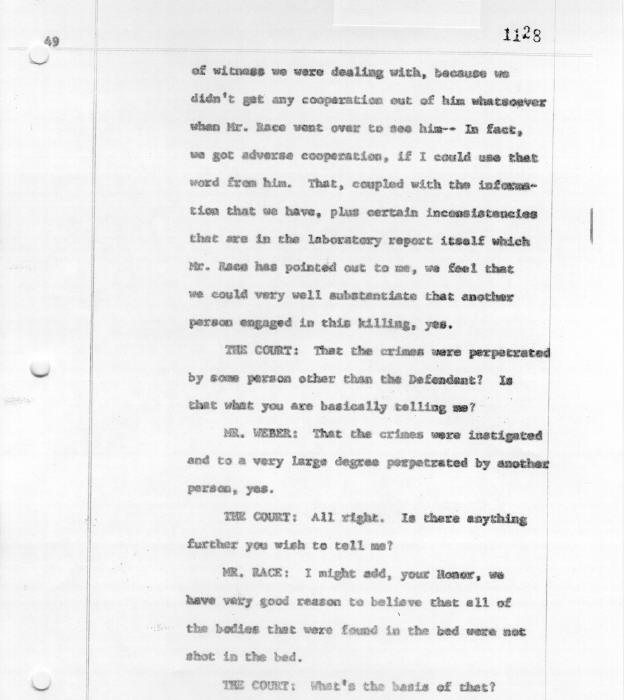

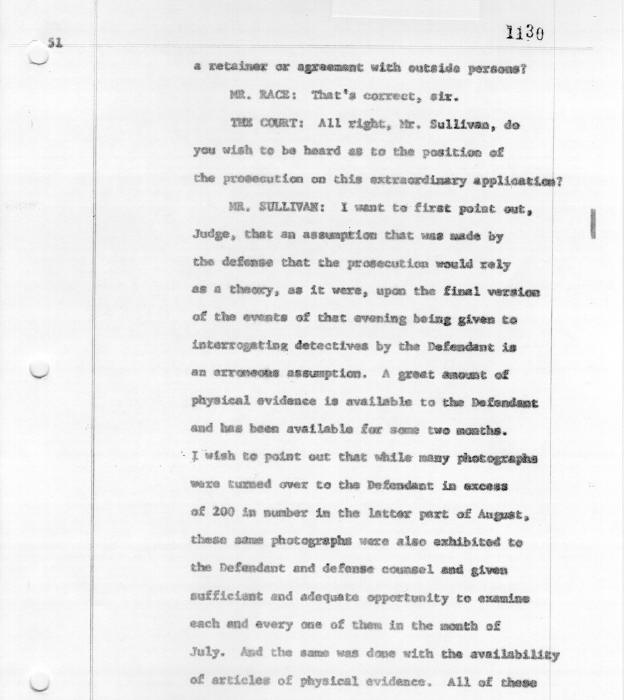
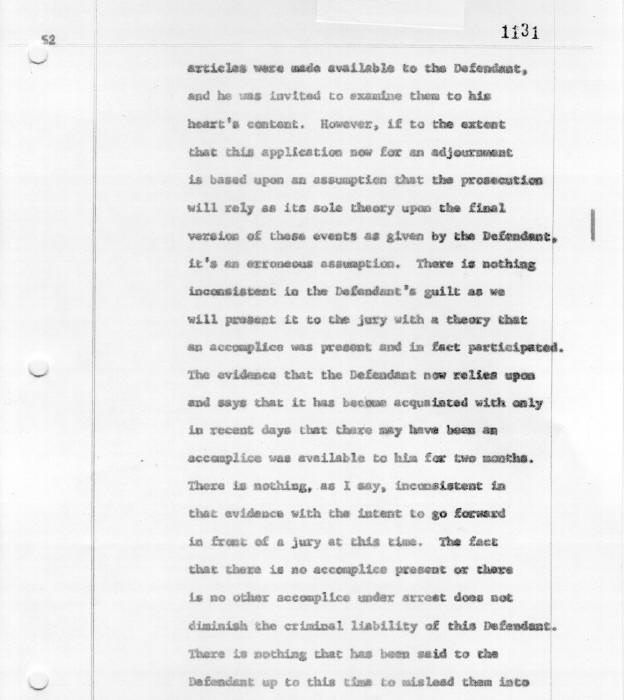

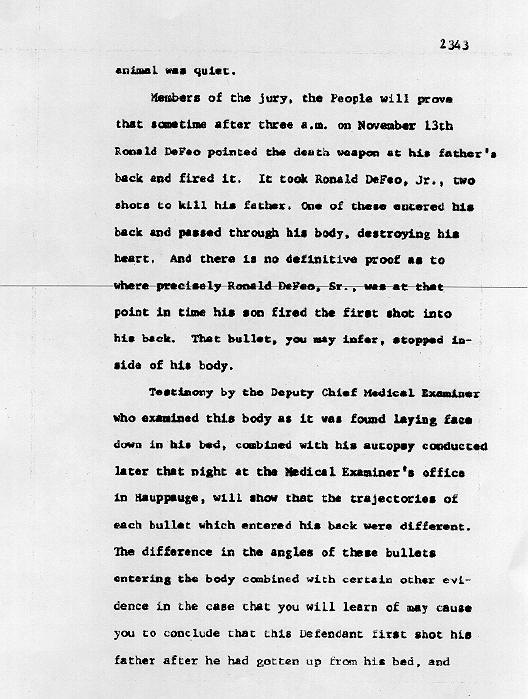



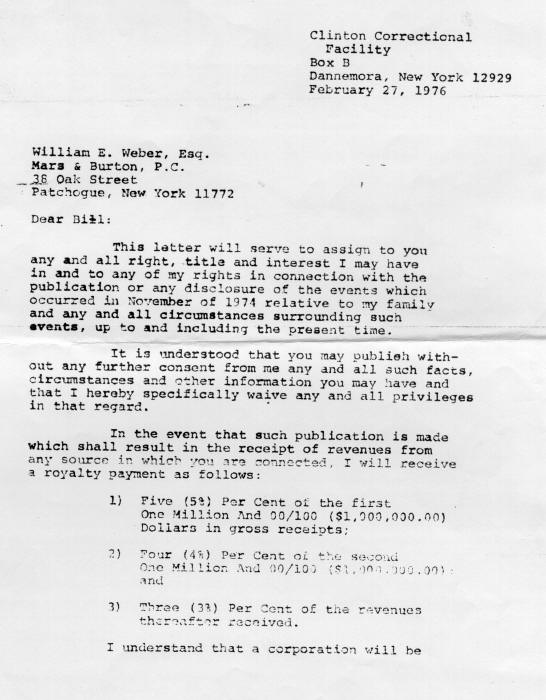

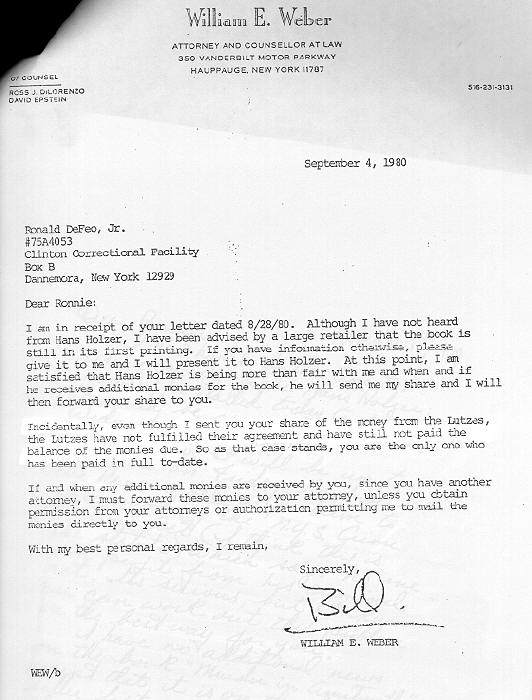
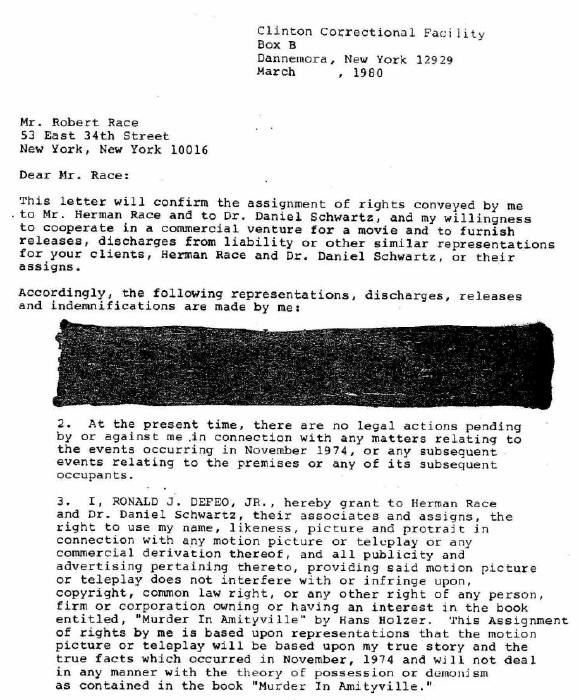

THE AMITYVILLE MURDERSSocial Media